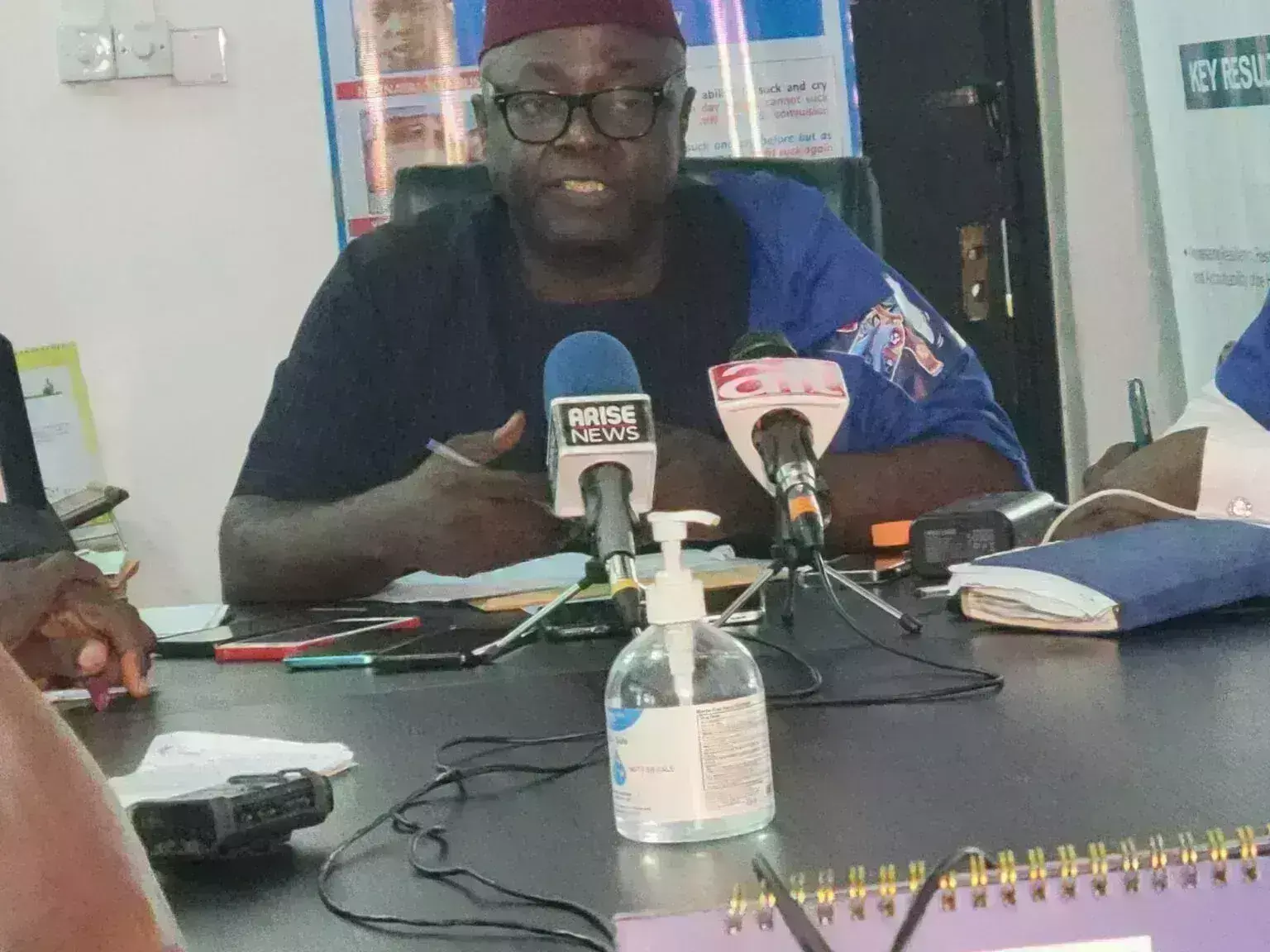- Home
- /
- Trending-News
- /
- 849 health centers in...
849 health centers in C’ Rivers are nonfunctional – Commissioner

Dr. Egbe Ayuk, Commissioner for Health in Cross River, has disclosed that only 196 primary healthcare centres (PHCs) of the 1,045 centres spread across the state are functional.
The commissioner made the disclosure in Calabar on Tuesday during a briefing to mark this year’s World Health Day, which has the theme “My health, my right.”
Ayuk noted that the celebration was shifted because of the Eid-el-Fitr public holidays declared last week by the Federal Government.
He, however, said that the number of functional healthcare centres would be increased to 450 within the next two years.
According to him, we are having challenges in terms of healthcare centres. Today, we have 1045 primary healthcare facilities, but the structural ones that are functional are about 196.
“We expect that within the next two years, we will upgrade it to 450 and bring the total number of functional facilities to 600.”
He said that the state would leverage the National Basic Healthcare Provision Fund, which assists states in developing their healthcare needs.
“We take advantage of what they have on the ground and also access funds from the World Bank,” he stated.
Ayuk said that other challenges within the health sector that were receiving attention were in the area of personnel.
He said the present administration did not meet up to eight pharmacists in state employment, but the number had doubled since the government came into office.
The commissioner also said that only 30 doctors are currently fully employed in the state, with a few contract staff.
He also disclosed that the state developed its health care sector along five pillars, including developing a strong PHC architecture in the state and having a subsidised healthcare financing system for the poor.
Others have a very strong health insurance system in place, ensuring equity in health resource allocations as well as quality service delivery.




